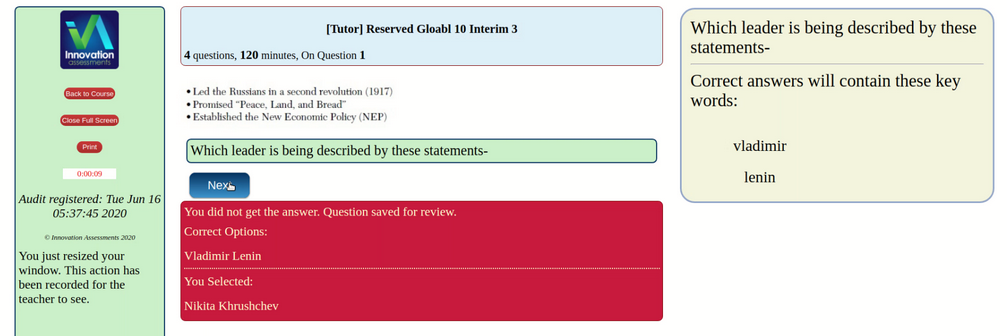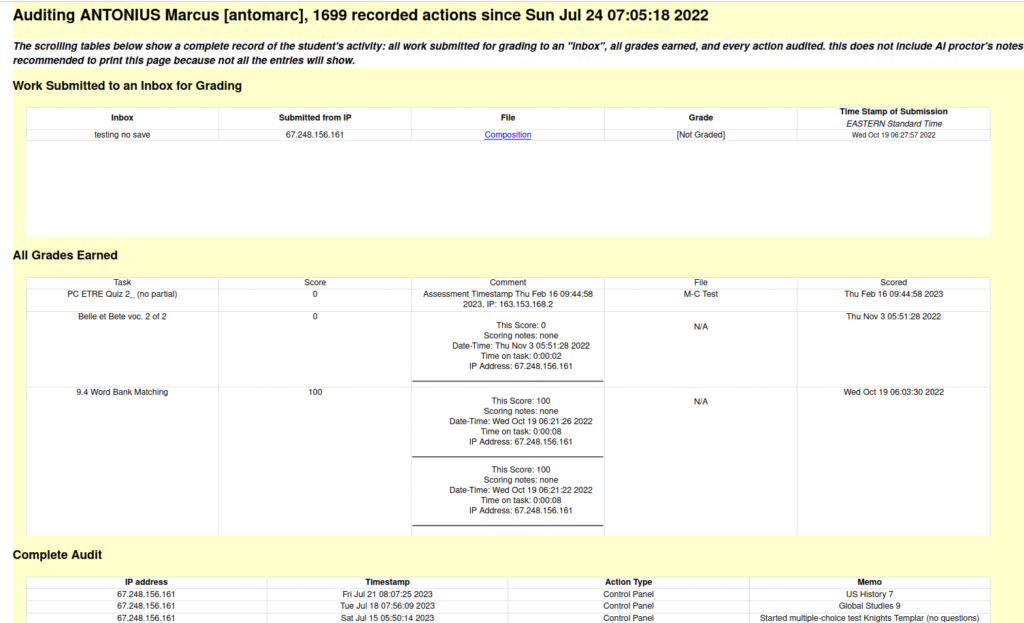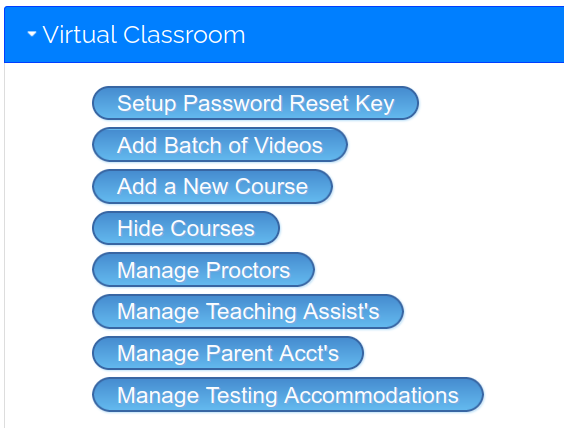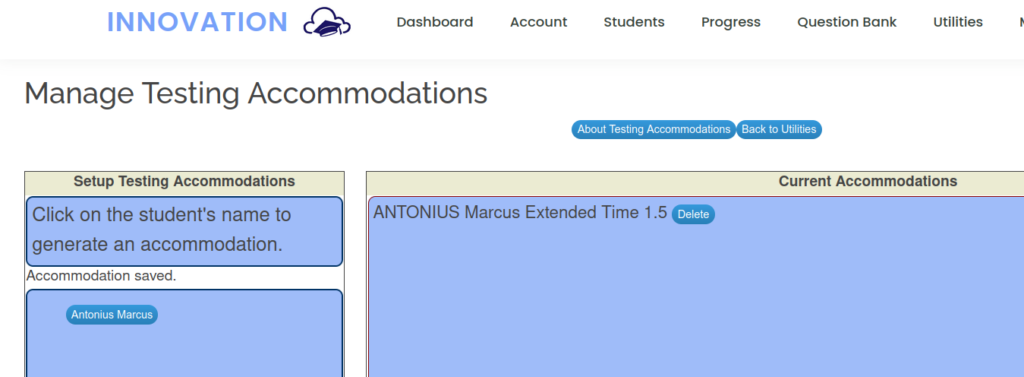When digital natives, native to the world of online commerce, gaming, and entertainment (digital commercial spaces), come to the 21st century learning space, they bring with them customs from their native shores that are maladaptive. Guardrails are features of software applications that prevent students from engaging in counterproductive activity. Training wheels are app functions that assist students to meet their objectives by coaching, scaffolding, and offering interim assessment of progress.
Focusing Attention
For one thing, the native of yonder shore is accustomed to dividing their attention continuously from one phenomenon to the next. They call it “multi-tasking”, but we know in our land that this is a myth. On social media, advertisers call out to them like hawkers in a busy marketplace. In video games, the constant drive toward increased and sustained stimulation calls their attention elsewhere each moment. Even passive entertainment programs (what we used to call “TV shows”) change scene every few bewildering seconds. Notifications and popups clamor for attention at frequent intervals. Often in place with multiple devices (phone and laptop), the native of digital commercial space is drawn from one virtual event to the next … text from a friend … notification of en email message … ads offering discounts on the item recently searched …
Distractability is the principle maladaptive trait for the 21st century learning space. An unwillingness to ignore and delay some stimuli in favor of sustained attention to one task is the first transformation the native of digital commercial space needs to make. The mechanism of learning, of activity in the working memory that leads to encoding into long-term memory, is not well served by constant interruptions. Studies in cognitive load reinforce the idea that, while varying from individual to individual, there are limits to what can be held in working memory and that overload means information loss.
21st century learning spaces include guardrails to help focus attention and train executive functioning. There are a variety of ways to do this. Third party apps that force students to share their screens with the teacher and which limit the number of browser or window tabs that can be opened are key. Apps should react to loss of focus, such as a multiple-choice test that locks up if a student opens another browser window or one which reports this activity to the teacher. Video monitoring software can track when a student starts, pauses, and stops an embedded video for study.
Academic Honesty
Academic honesty is a new dialect that natives of the commercial world need to learn to speak. In that environment, liberal copy-paste and derivative creation is almost de rigueur. The 21st century learning space provides some guardrails and training wheels. For guardrails, there are apps that check for plagiarism and app features such as recording and reporting on student paste and right clicks in working space.
Evaluating source material is more important in the 21st century learning space than in commercial country. For training wheels, there are apps that guide students in the customary features of a reliable source and that automatically check for errors. Citation generators teach the standard format of source citation in various disciplines.
Coaching and Tutoring by an Algorithmic AI
Studying sometimes means learning information, studying facts, old-fashioned memorization. In 21st century learning spaces, apps for this purpose have features that allow the student to limit the number of items to learn at a time. They also manage the items being studied such that things the student has already learned are hidden away from view so that energy is focused on what has not yet been learned.

Composing longer text responses can benefit from coaching. For example, the algorithmic AI at Innovation can be easily trained to provide students immediate feedback on the composition of a summary or an outline. This is an important example of training wheels that supports skill development. The AI can detect copy-paste from an article as well, so as to provide a guardrail against plagiarism.

Accountability: Tracking Activity
In the traditional physical classroom, we can track students’ activities and refocus when students are misdirected. Once we enter the digital world, it is important that 21st century learning spaces permit teachers to maintain the same level supervision. Such spaces need to include extensive auditing capabilities to see when students log in, start a task, finish a task, score on an assessment, how long they spent on the task, and so forth.


Support Staff
21st century learning spaces facilitate support staff participation. Software features should easily allow teaching assistants and parents to access selected student’s on-task audits, assignments, scores, and so forth. Proctors for tests in separate location would benefit from access codes allowing them to easily support student learning and testing security.

Special Education
Individual education plans (IEPs) offer students the equal opportunity afforded by testing modifications. A 21st century learning space will have these modification options built right in.
Innovation has a number of features to support program and testing modifications:
- Feature that allows a proctor to unlock and monitor tests
- Automated extended time on tests
- Option to attach an alternative, lower-level reading assignment to standard tasks

Guardrails and Training Wheels
21st century learning spaces stand in contrast to commercial digital spaces in providing the support systems that middle and high school students need developmentally. If your experience is like mine, you will find the classroom learning environment much tamed and more effective with these elements in place. Trying to apply apps designed for a commercial environment (sales, games, social media) leads to a wild west effect in classrooms where learning opportunities are lost to distractions.